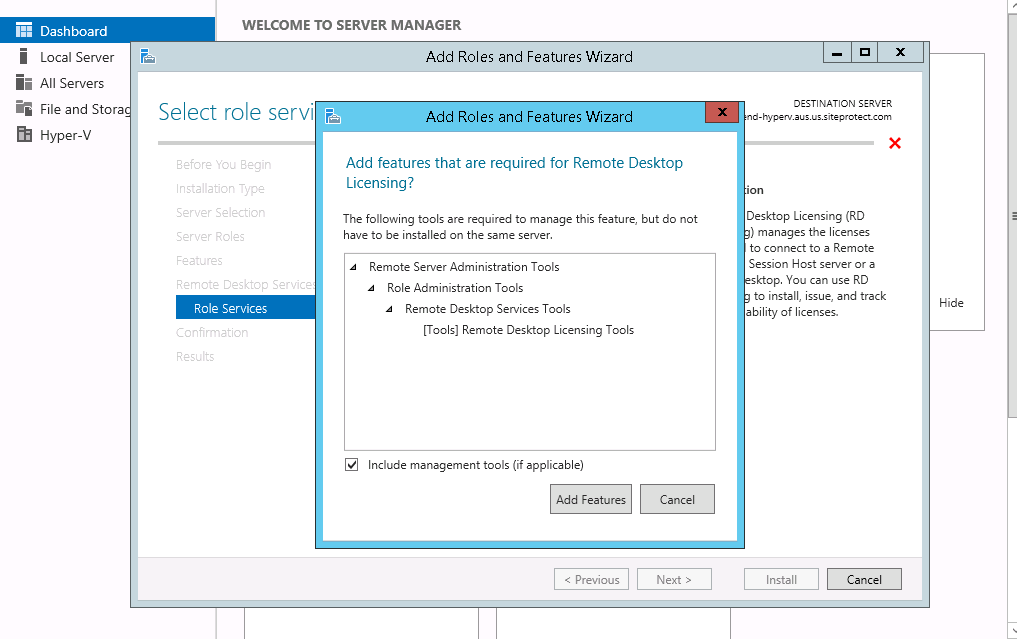

This provides “work anywhere from any device” while ensuring that your control and compliance needs are met. The key value that RDS provides is the ability to centralize and control the applications and data that employees need to perform their job from the variety of devices that the employee uses. Following a description of RDS, I’ll summarize some of the many dramatic improvements we have made.įor those people that are not familiar with RDS, it is the workload within Windows Server that enables users to connect to virtual desktops, session-based desktops and RemoteApp programs. Klaas Langhout, a Director of Program Management in our RDS team, wrote this blog.įor Windows Server 2012 we listened to our customers and partners and added the most desired features and resolved the top pain points in Remote Desktop Services (RDS). I think you are going to enjoy what you see here.

Oh yeah, it also adds a bunch of great new features. It works better across a wide range of networking configurations, it works better across a wide range of hardware devices and configurations (physical or virtual) and it works better across a wide range of administrative scenarios. Remote Desktop Services in Windows Server 2012, is reliable across a much wider range of conditions. A lot of what Klaas describes in his blog about RDS reminds me of that definition. I hadn’t really thought about it precisely but when asked to articulate the distinction I said that robust was “reliable across a wide range of conditions”. The other day I was in a conversation where I drew the distinction between reliable and robust.


 0 kommentar(er)
0 kommentar(er)
